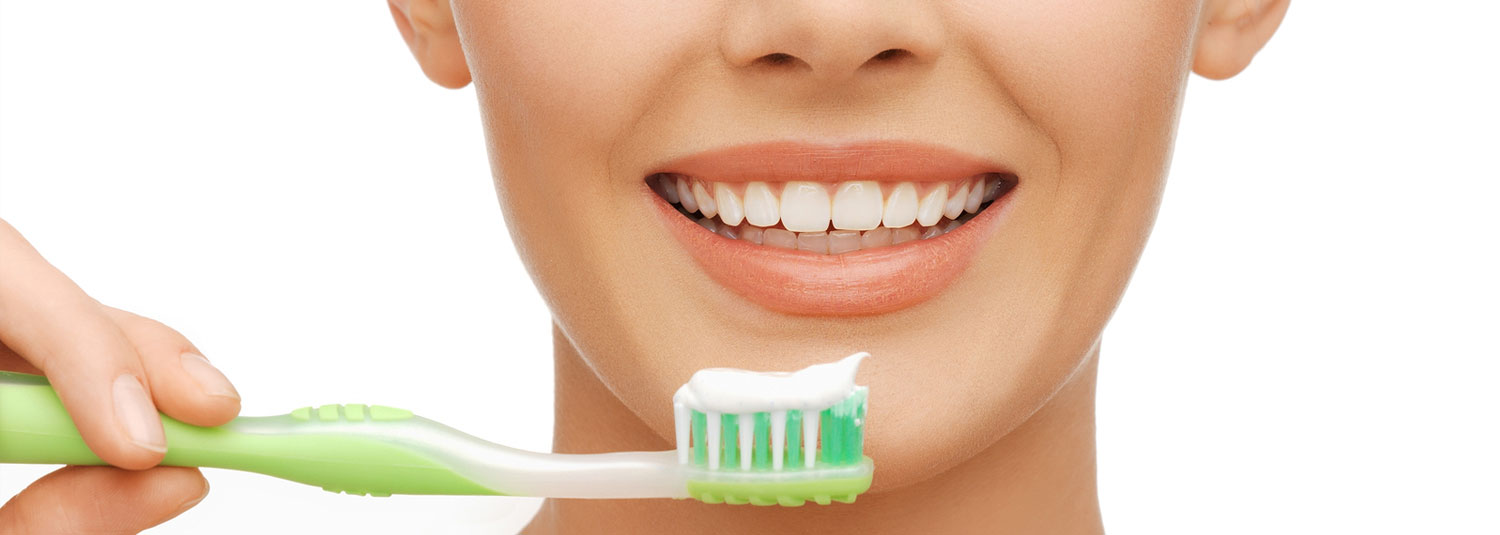Simple Tips for Choosing the Right Toothbrush

From the time we’re children, the importance of brushing our teeth is stressed to us. Parents, doctors, and dentists caution us about our sugar intake and remind us that we should be brushing in the morning and before heading to bed at night. What’s less often discussed, however, is what type of toothbrush we should be using.
Choosing a toothbrush
Does it really matter which toothbrush we choose or are all toothbrushes essentially created equal? In fact, it matters a great deal; choosing the right toothbrush for your needs is a vital part of your oral health plan. But where should you begin in making your selection? If you’re like many people, just walking into the oral care aisle in your local drug store is overwhelming; there are countless types of toothbrushes available in a variety of sizes, styles, and colors. Consider the following tips when you go to make your selection:
- Size matters. When it comes to the size of your toothbrush, the most important thing to keep in mind is that you want to be able to reach all of your teeth– including the sides of the molars way back in your mouth. If you choose a toothbrush that’s too large, your ability to move the brush around your mouth will be restricted. A good rule of thumb for adults is to stick to brushes with a half-inch wide and one-inch tall head.
- Pay attention to the bristles. The choices don’t end with size. Toothbrushes come with different types of bristles too; you can opt for hard, medium, or soft bristles. While you might assume that harder bristles are more effective at plaque removal, that’s simply not the case. In fact, hard bristles– coupled with aggressive brushing– can damage the gums and enamel. Thus, for the majority of people, soft-bristled brushes are the way to go.
- Recommendations. If you still feel stumped in the oral care aisle, ask your dentist to recommend a toothbrush for you. Or, you can simply look for the American Dental Association seal of approval; this indicates that a specific toothbrush has undergone quality control tests for both safety and effectiveness.
Electric vs. manual: what’s the best choice?
The short answer is this: there’s not one choice that’s right for everyone. When used effectively, both manual and electric toothbrushes can get the job done. When making your decision, take the following factors into consideration:
- Cost-effectiveness. There’s no doubt about it: electric toothbrushes cost significantly more than manual toothbrushes. Besides the initial cost, you will also have to buy new heads for your electric toothbrush as often as you replace a manual brush– typically every few months.
- Your personal preferences. Do you prefer to get the brushing job done yourself or do you like having a little extra help? Do you find the vibrations of an electric brush irritating or do you feel like it’s contributing to your sparkling smile? Your personal preferences should play a major part in your decision-making process; after all, if you like a toothbrush and feel comfortable with it, you’re more likely to use it regularly.
- Effectiveness of the brush. When considering the ability to reduce gum disease and remove plaque, studies show that there’s little difference in the effectiveness of the manual brush versus the electric brush. But the real question is: how effective is a particular brush for your needs? For example, if you suffer from arthritis in your hands, an electric toothbrush is likely to be much more effective at maintaining your oral health than a manual brush.
Choosing the right toothbrush is an important step in taking care of your oral health. For more information, contact us today.
Return to Blog